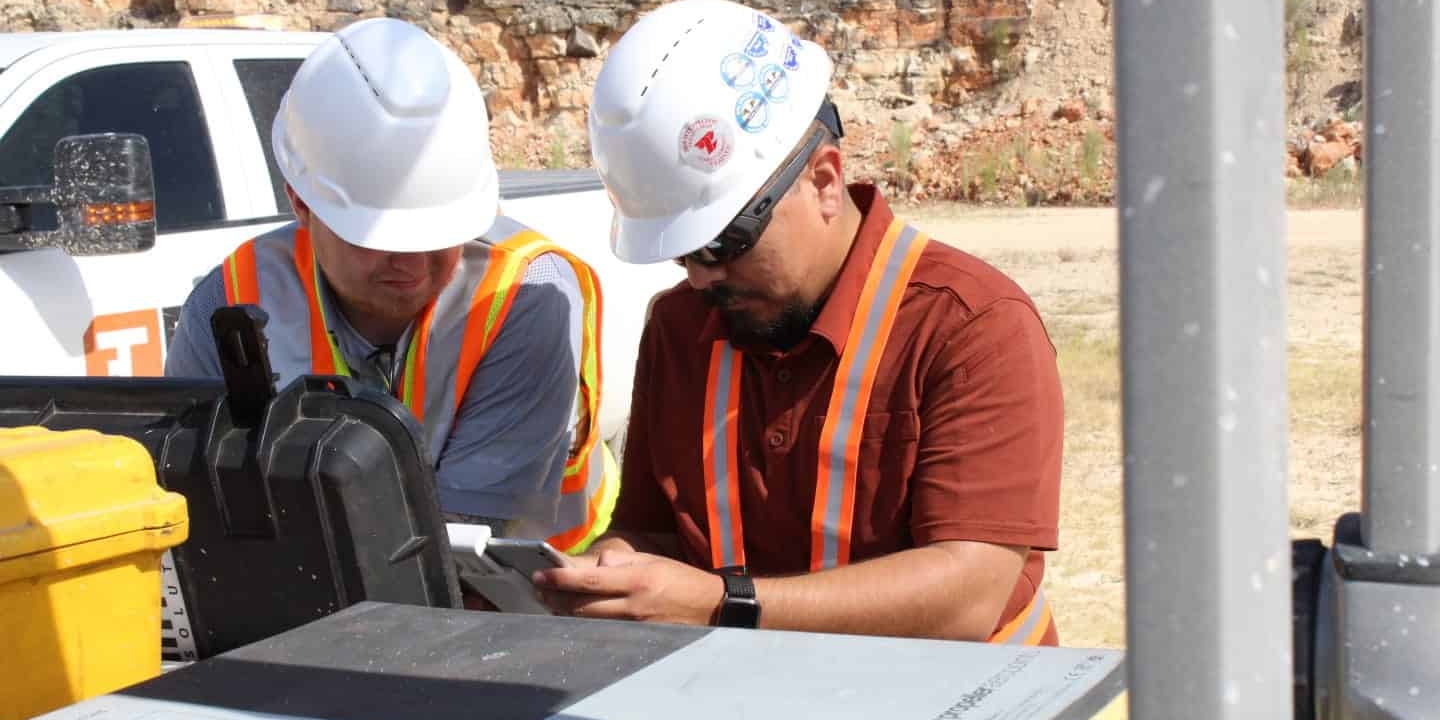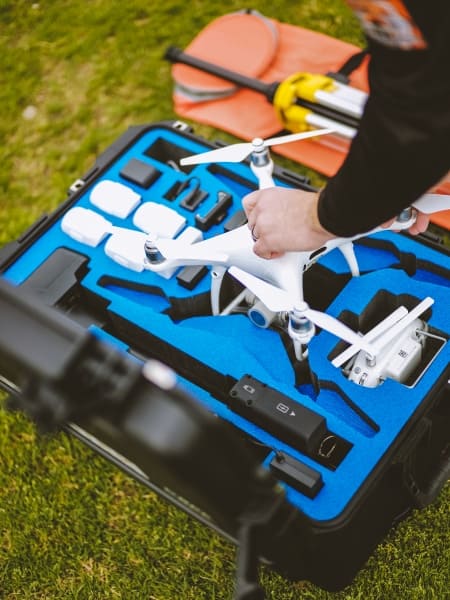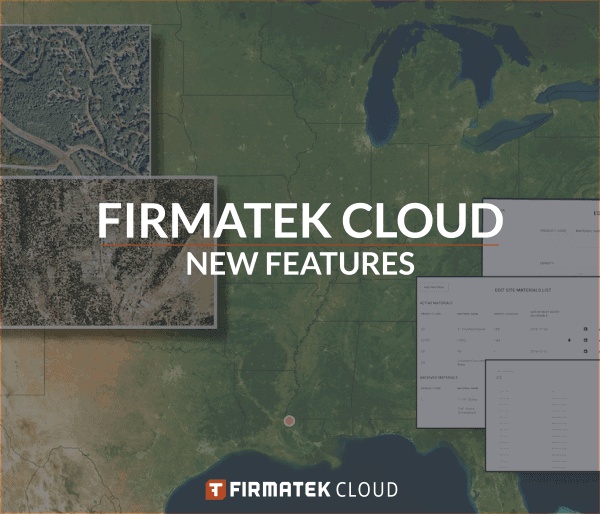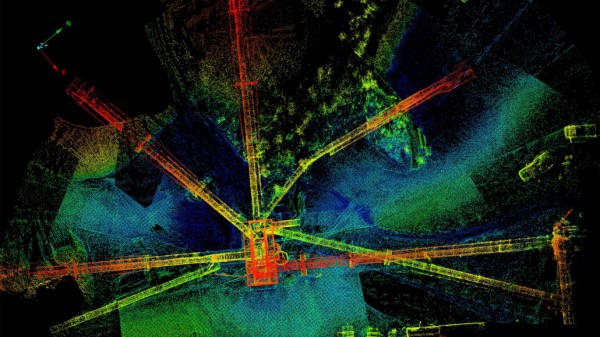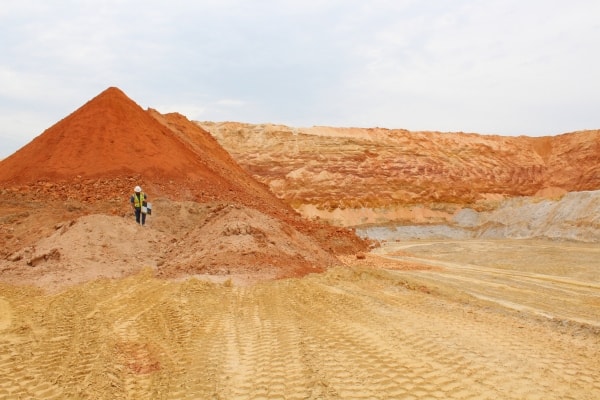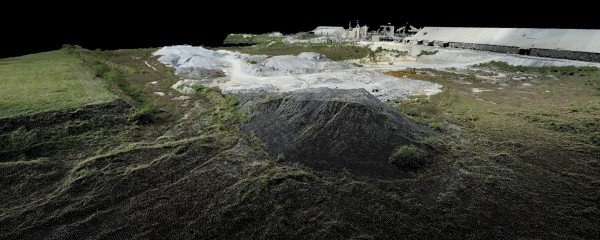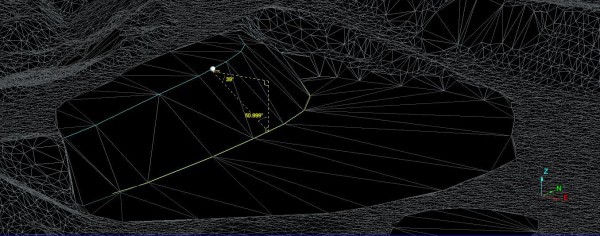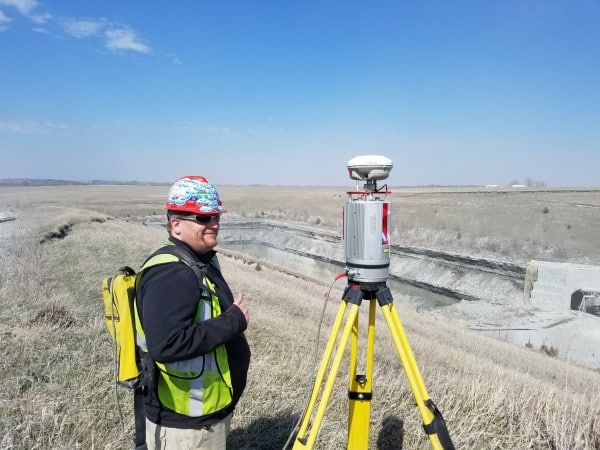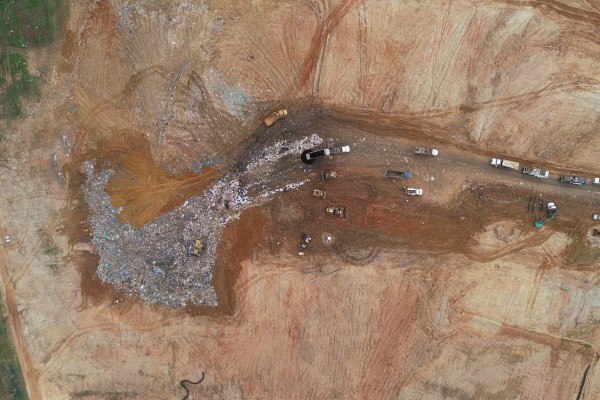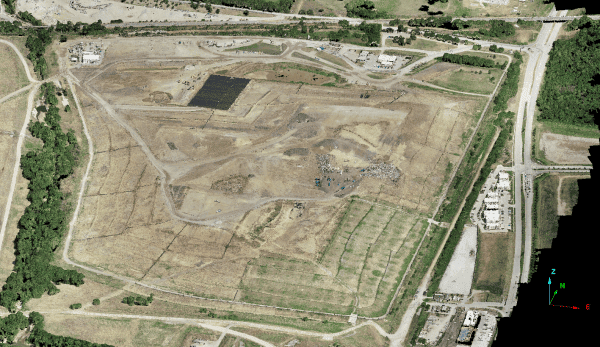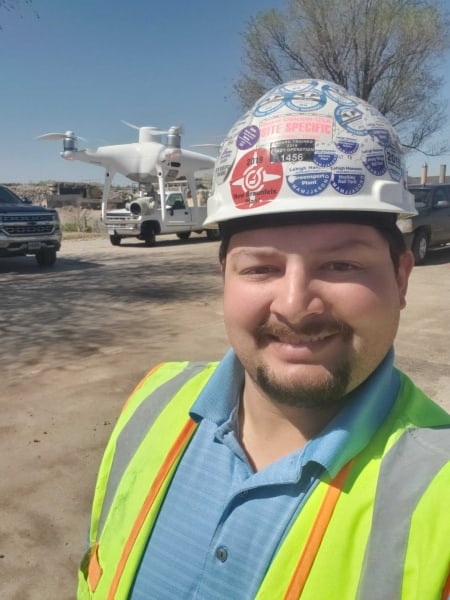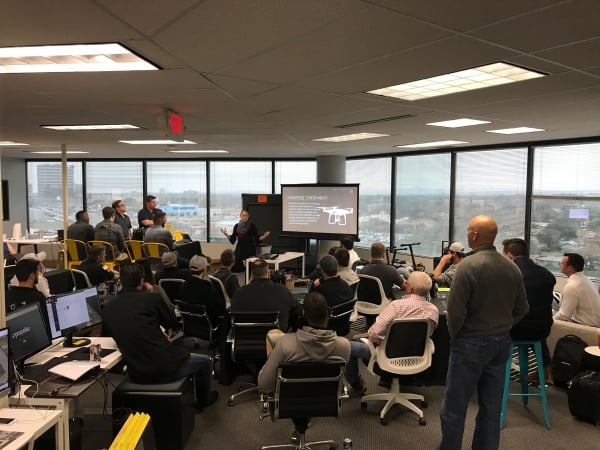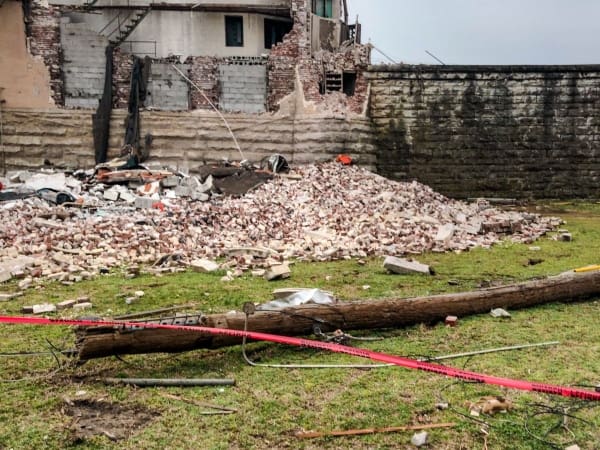By Lauren Elmore, President of Firmatek
Over the last five years, Firmatek has evolved from a regional laser scanning company to a national provider in Drone Solutions. We use drones for a variety of mapping projects, with our key industries being Aggregates and Mining, Solid Waste, and Construction. We have a field staff that collects data with drones and a team of processors that gives our clients deliverables that they use to make their business decisions. We also put drones in the hands of our clients so that they can collect data on demand, and then we give them the same types of deliverables. We provide deliverables such as inventory measurements, cut/fill volumes, and topos. However, we also do a lot of special projects for clients based on their needs.
We strive to offer our clients the absolute best in data collection, data processing, and data analysis. We provide our clients with the most accurate measurements and work with them to ensure that they understand their site data. This allows our clients to improve site production, manage their inventory, execute mine planning, and overall improve operational efficiencies.
Drones have made it faster, easier, and safer to collect this data, and they have allowed us to develop better deliverables for our clients.
But it hasn’t always been a smooth transition to new technology for us and for our clients. We’ve learned a lot of lessons along the way, and we continue to learn them as we move into building our software platform for our clients to better visualize and analyze their data.
A few lessons
First, we have learned that having a small group get to know and understand the technology, the work flows, and the applications of the drone is the best place to start. This planning and testing process is extremely important to successfully deploying a new drone on our team or to our clients. We need to work out all the kinks before we deploy the equipment. Sometimes, this isn’t possible, and it certainly wasn’t early on when the tech wasn’t quite there but clients were clamoring to get their hands on drones. In that case, we have to be ready to troubleshoot data and give a high level of customer support both to our internal team and clients. We know that the roll out of a new drone or new tech will add some time to our process initially, but it is worth it.
Another lesson we have learned is that one size doesn’t fit all. We need a variety of skill sets and a flexible team to meet our clients needs. We have developed a mixed approach for our staff and our clients. Our entire field team is trained and part 107 certified, so anyone can go out and collect data when needed. However, we also have a drone team. This team, while helping with data processing and client support, also helps with our R&D efforts. Our drone team helps us stay up on the industry and be prepared to deploy the best technology to our team and our clients. Importantly, they also ensure that our clients who are flying the drones themselves are successful. Similarly, we have found that shared skill sets can be an asset for the organization. We have field team members that can jump in and help with processing and processing team members that can help with field data collection. This team first mentality of our staff makes a big impact on our ability to successfully serve our clients.
Finally, there is no “best” way for everything. It depends on the type of project. Large complex projects require a lot of planning, preparation and analysis, however, for repetitive work such as stockpile measurement, the ideal workflow is our Drone Solutions program. As Andrew mentioned in a recent blog post about rapid photo-processing, that is a great solution for certain applications. From the drone to the software to the work flow, the answer for what is best is the very frustrating “it depends.”
In Conclusion
We’ve come a long way in the last few years and have developed a fantastic team. We’ve learned lessons, sometimes the hard way, and we continue to look for and implement the new lessons we are learning. Partnering with clients to help them solve their business problems has been the best way for us to develop our new offerings. We are looking forward to continuing to implement new technologies on our team and with our clients.

